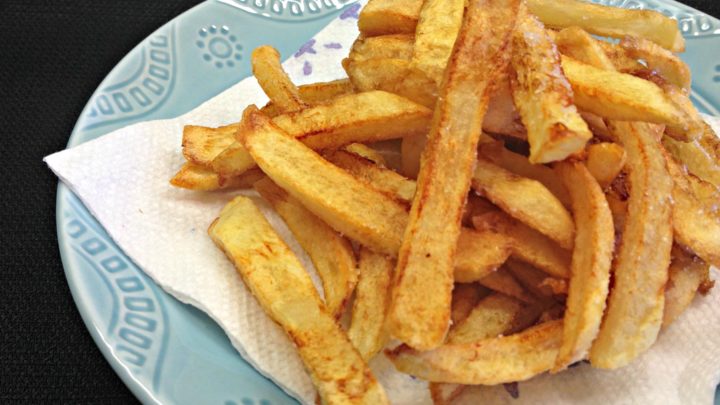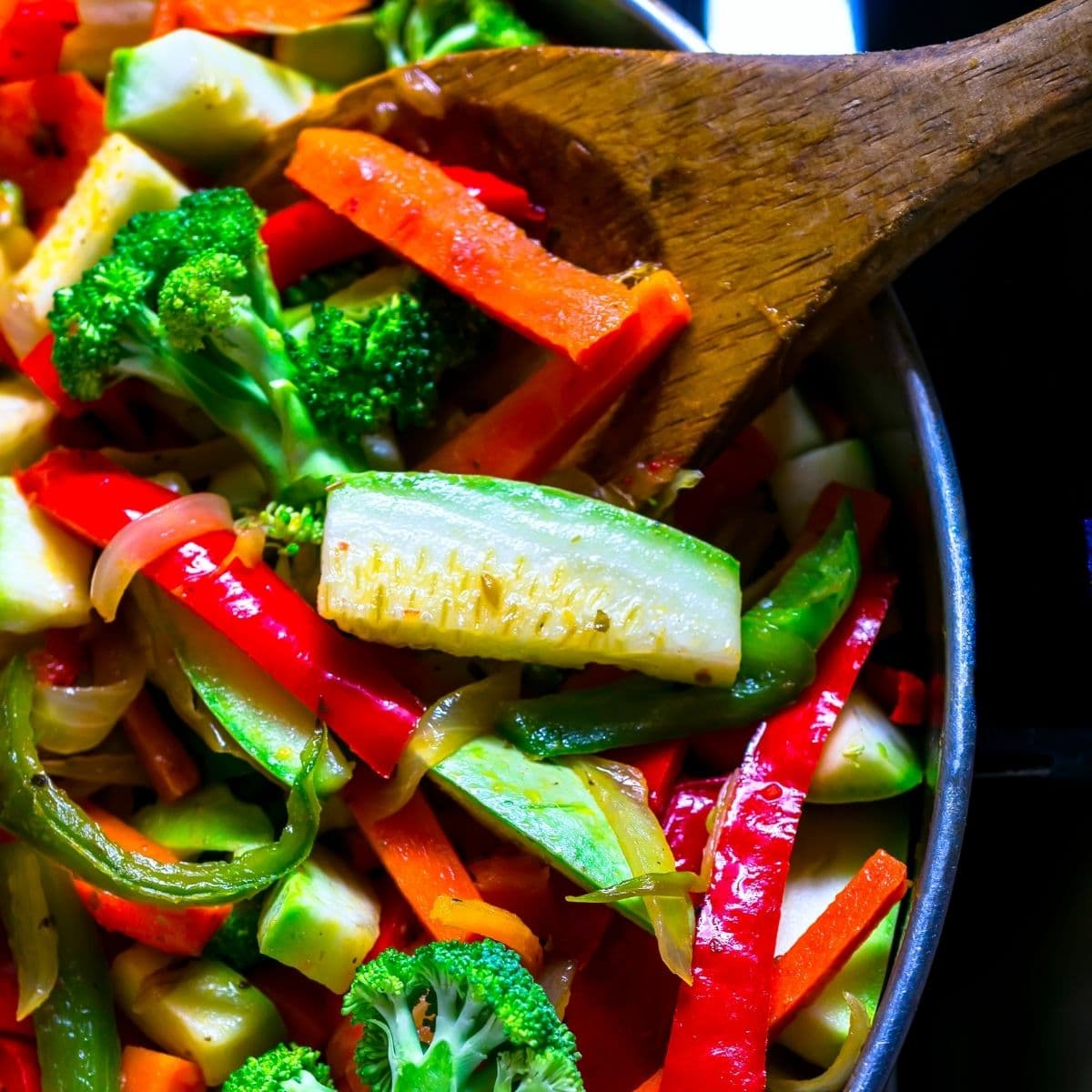
Here are some tips when cooking bacon in your convection oven. This will prevent drippings and grease from spreading and catching fire in your oven. At 350 degrees Fahrenheit, the bacon should not splatter much, but it will still be covered with grease, which can get all over your stovetop and sink. To prevent this from happening, do not flip the bacon too much, and don't cook it straight from the fridge.
In a convection oven, bacon can be cooked
If you're looking for the easiest way to cook bacon without burning it, you can use a convection oven. Convection cooking distributes heat evenly so bacon is crispy, even, and juicy. An air fryer works similarly to a convection oven but you don't need one. To use an air fryer, line a baking tray with parchment paper. Then place the strips on the oven. The bacon will cook within the first 10 minutes. Once it is done, you may turn the bacon and bake the bacon in a hot oven for another five- to seven minutes.
It is important to inspect the bacon frequently during cooking. It can be turned after 10 minute, which will ensure that bacon is not burned. The time will depend on the thickness of the pieces and the temperature of the oven. In a convection-oven, two sheets should take approximately 20 minutes. You can also bake them in a standard oven for a safer option. Make sure they are fully cooked and checked after 10 minutes.
Flipping bacon once
Here are some tips for cooking bacon. Bacon does not have to be turned as often as other foods. One rule of thumb to follow is to flip it once every 10 minutes or once every couple hours. Be sure to watch your pan as every appliance has a different cooking time. After it has been cooked, transfer it to paper towels to absorb grease. Serve it with fried eggs or flapjacks.

Baking bacon can be done as well. Baking bacon does not require turning, and you can save time by not having to scrub the pan. If you plan on cooking a large batch of bacon, you can also line your baking sheet with parchment paper or aluminum foil. Baking the bacon in batches makes cleanup easier. Even the bacon fat can be used! The fat from the bacon will be great for so many other things, like making soup!
It is best to not cook bacon straight from your fridge
You can get food poisoning from cooking bacon. This can lead to serious consequences. Raw meat can harbor bacteria, viruses and parasites. Food contamination is responsible for 48 million illnesses each year. Rotten meat is the most common cause. This is particularly dangerous for children and the elderly. Before you cook bacon, make sure it is crisp and cool before storing in the refrigerator or freezer.
It is possible for bacon to burn if it is added straight from the fridge. You'll avoid making a mess with your bacon while you cook. A second reason to not cook bacon from the fridge is because it can cause it become soggy. It can also cause the bacon curled, which is not healthy.
Storing bacon drippings
There are many options when it comes to how to store bacon drippings. The best way to store grease is in an airtight, sealed jar. Mason jars work well for this purpose. It is important to keep the sealing cover clean and free from grease and debris. Bacon grease will stay good for about one year before it starts to lose its flavor. The grease can then used to cook other foods.

After cooking, strain the grease by using a cheesecloth. You should keep in mind that grease can get wet if stored in temperatures that fluctuate. You can prevent this by making sure the jar stays cool and airtight. Once the grease cools you can put it in a sealed container. Use ceramic or glass containers to avoid unpleasant odors. Once it is completely cooled down, the grease should turn milky.
FAQ
How much does it cost to go to culinary school?
The costs of culinary school can vary depending on where and how long it takes. The average tuition cost is $10,000-$30,000 annually. Most students graduate with approximately $20,000 in debt. Some programs offer scholarships, grants, or work-study opportunities.
How do I get hired as chef?
To get a job as chef, you must first complete a culinary arts degree. The next step is to join a professional association like the American Culinary Federation. The ACF offers certification exams and networking opportunities.
How do I become a Chef?
There are many options for becoming a chef. You can begin by taking a course at a community college or vocational school. Next, consider attending culinary school. Finally, consider a paid internship.
Are there any ingredients that I must buy in order to make a meal?
You don’t always need to buy the ingredients. Many grocery stores have premade sauces and other products that you can substitute for. Pre-made meals are a great way to save money.
Do I have to go to culinary school in order to be a professional chef?
No. No. Some went to culinary school simply to gain experience. Many chefs prefer to attend culinary school for the increased opportunities to learn and grow as professionals. Culinary schools provide hands-on training that helps students develop valuable skills and enhance their culinary knowledge.
What skills will I need to be able to go to culinary school?
A chef's job requires you to be able cook well under pressure and understand food safety regulations. To learn how to cook, you should take cooking classes at your local high school or community college. Once you've learned basic techniques, you'll need to find a job working for a restaurant or catering company.
Do I require any special equipment?
It doesn't take any special equipment or tools to learn to cook. The right tools can make cooking much easier. To make pasta easier, you can use a knife to cut the pasta and a whisk to whip up egg whites to stiff peaks. Having the right tools can make cooking less daunting and allow you to get started faster.
Statistics
- under 10 Kids have been taught that there is special food just for them, and Fiese says that 10 percent of kids will throw a tantrum if they don't get the food they want. (washingtonpost.com)
- In the United States, the category is estimated at $23.2 billion annually and is growing faster than the market. (washingtonpost.com)
- According to the BLS, chefs earn $58,740 a year. (learnhowtobecome.org)
External Links
How To
How to cook your steak
The thickness and cooking method of any kind of meat will affect the way it is cooked. Thicker steaks cook best at low heat. Thicker steaks require higher temperatures.
They will lose their flavor if they are overcooked. Remember to take your steak out of the oven when it's done. You won't burn.
Cooking times depend on the size of the steak and the desired degree of doneness. Here are some general guidelines.
Medium Rare: Cook the meat until it reaches medium rare (63°C). This takes between 3 and 5 minutes per side.
Medium: Cook until medium, which means the internal temp reaches 160degF (71degC). This usually takes about 6 minutes per side.
Good Cooking: Cook the meat until it is done. This means that the internal temperature reaches 180F (82C). This usually requires 8 to 12 minutes per side.